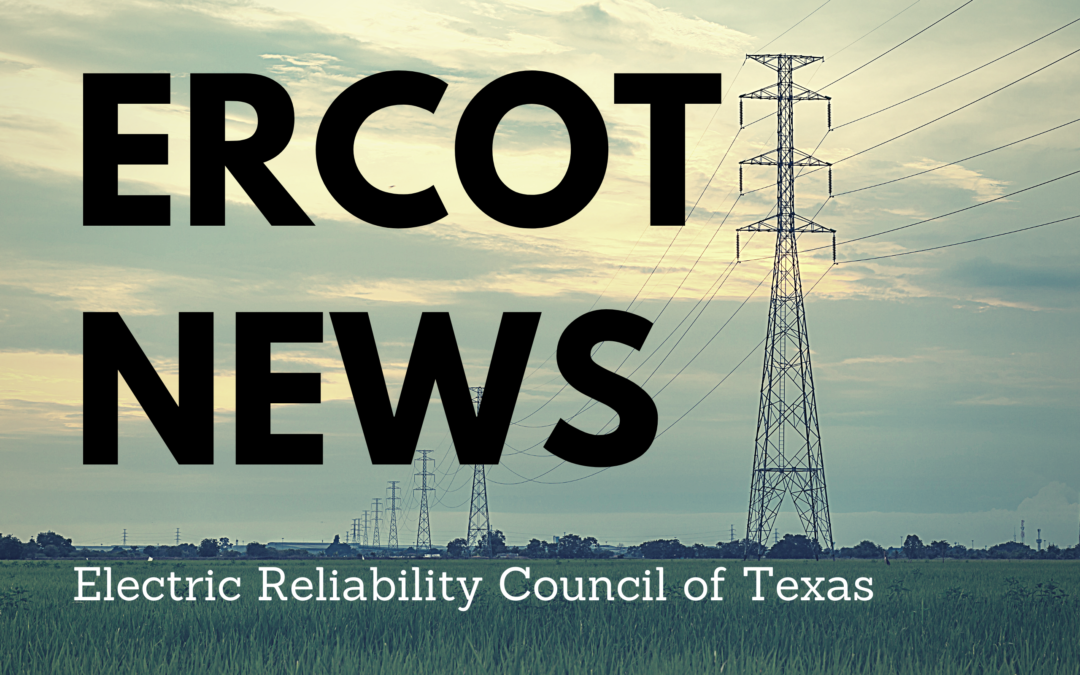The report projected planning reserves at 53.7 percent, which is well above a historical target of 13.75 percent.
________________________________________________
ERCOT should have plenty of energy on hand to meet demand during the upcoming fall season, barring extreme emergency circumstances, according to a new report.
Released by ERCOT earlier this week, the Seasonal Assessment of Resource Adequacy (SARA) for the fall season also projected planning reserves at 53.7 percent, which is well above a historical target of 13.75 percent.
“The ERCOT region is expected to have sufficient installed generating capacity to serve peak demands for … October-November, 2023, under normal system conditions,” ERCOT announced in a summary accompanying the new report. Assuming average fall weather conditions, peak demand should reach 69,654 megawatts and capacity should reach 99,727 MW, according to the report.
Like ERCOT’s separate Capacity, Demand and Reserves (CDR) reports, ERCOT’s SARA reports measure projected operating reserves, or the difference between projected available generation capacity and peak electricity usage. ERCOT expresses operating reserves as a percentage.
However, unlike the longer-term CDR reports, the SARA reports focus on the upcoming season. SARA reports for the fall and spring typically project higher planning reserve margins than those for winter and summer because of weather differences.
The new fall analysis includes a base case load forecast, three elevated capacity risk scenarios, and three extreme capacity risk scenarios. The risk scenarios include various combinations of planned and unplanned thermal outages plus adjustments for lower than anticipated output from renewable resources. For one of the elevated risk scenarios and two of the extreme risk scenarios, the analysis indicates a risk of entering into Emergency Energy Alert conditions under which the grid could call for energy conservation from the public and take other emergency actions.
Vanishingly Unlikely
Though ERCOT does not address the probability of such an occurrence, it would appear vanishingly unlikely given the large planning reserve margin going into the fall. For example, the scenario leading to an EEA Level 1 would arise due to a combination of thermal and renewable outages of 32,516 MW, a Winter Storm Uri-like scenario with low wind, limited solar and extreme thermal outages.
Other details of the new SARA include the following:
- ERCOT anticipates the availability of 3,992 MW of operational battery storage resources, plus 20 MW of planned additions.
- One gas-steam unit with a rating of 292 MW is expected to be indefinitely mothballed on November 24. Because the mothball date is after the forecasted peak demand in the report, the unit’s capacity was assumed to be available.
- ERCOT’s Energy Emergency Alert trigger levels are expected to be modified soon by the PUC. Those changes were not reflected in ERCOT’s SARA calculations.
Find the SARA report online, here.


